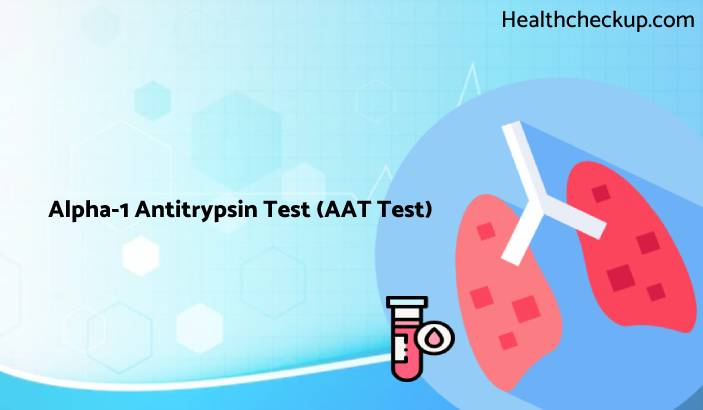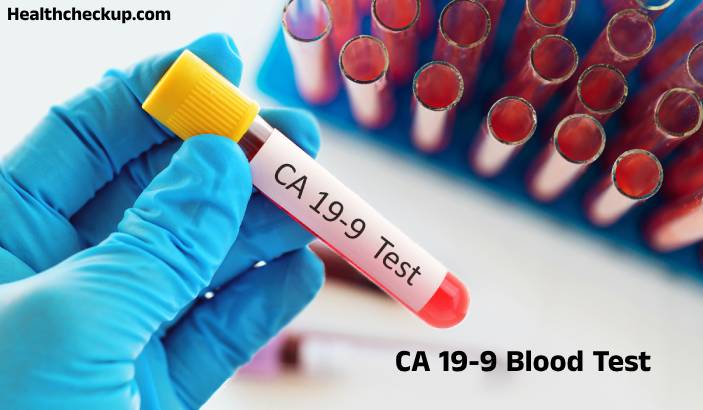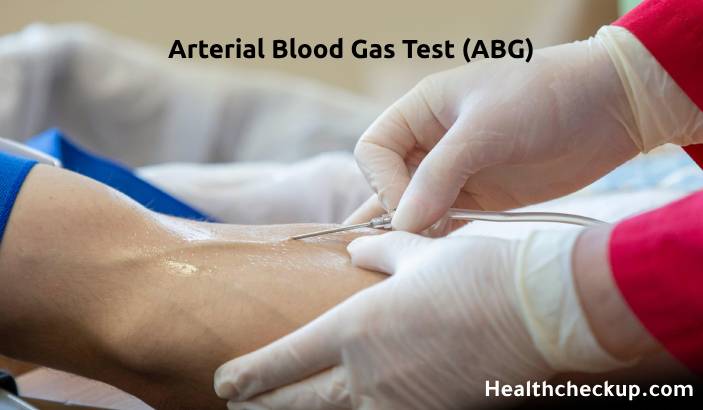The alpha-1 antitrypsin (AAT) test is a blood test that measures the level of AAT in the blood. AAT is a protein produced by the liver that helps to protect the lungs from damage.
Purpose:
The AAT test is used to:
- Diagnose alpha-1 antitrypsin deficiency, a genetic disorder that can lead to lung and liver damage
- Monitor the effectiveness of treatment for alpha-1 antitrypsin deficiency
- Evaluate the risk of developing lung or liver problems in people with a family history of alpha-1 antitrypsin deficiency
Preparation:
There is generally no special preparation required for the AAT test. However, the healthcare provider may ask the person being tested to avoid certain medications and activities that could affect the test results.
Procedure:
The Alpha-1 Antitrypsin test is performed as follows:
- A healthcare provider will draw a blood sample from a vein in your arm.
- The blood sample will be sent to a laboratory for analysis.
Normal range:
The normal range for AAT levels in the blood varies depending on the specific laboratory, but is generally considered to be between 11 and 17 milligrams per deciliter (mg/dL).
Results:
The results of the Alpha-1 Antitrypsin test will be available within a few days. The healthcare provider will interpret the results and determine if further testing or treatment is necessary.
Risks:
There are minimal risks associated with the AAT test. Some people may experience minor bleeding or bruising at the puncture site, or may feel dizzy or faint after the blood draw.
It’s important to follow the prescribed treatment and monitoring guidelines for alpha-1 antitrypsin deficiency and to inform your healthcare provider of any symptoms you may be experiencing. Early diagnosis and treatment can help improve outcomes and reduce the risk of complications.








